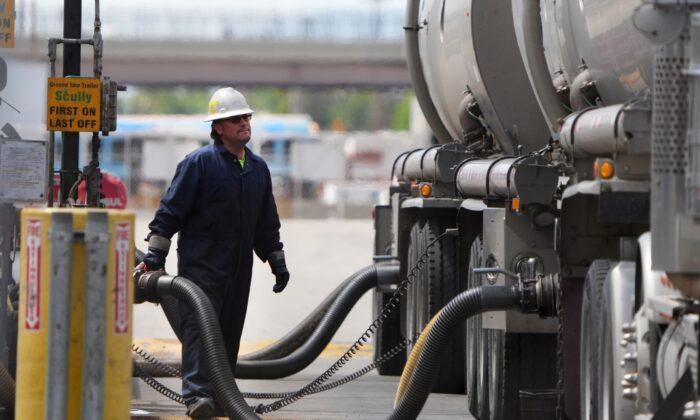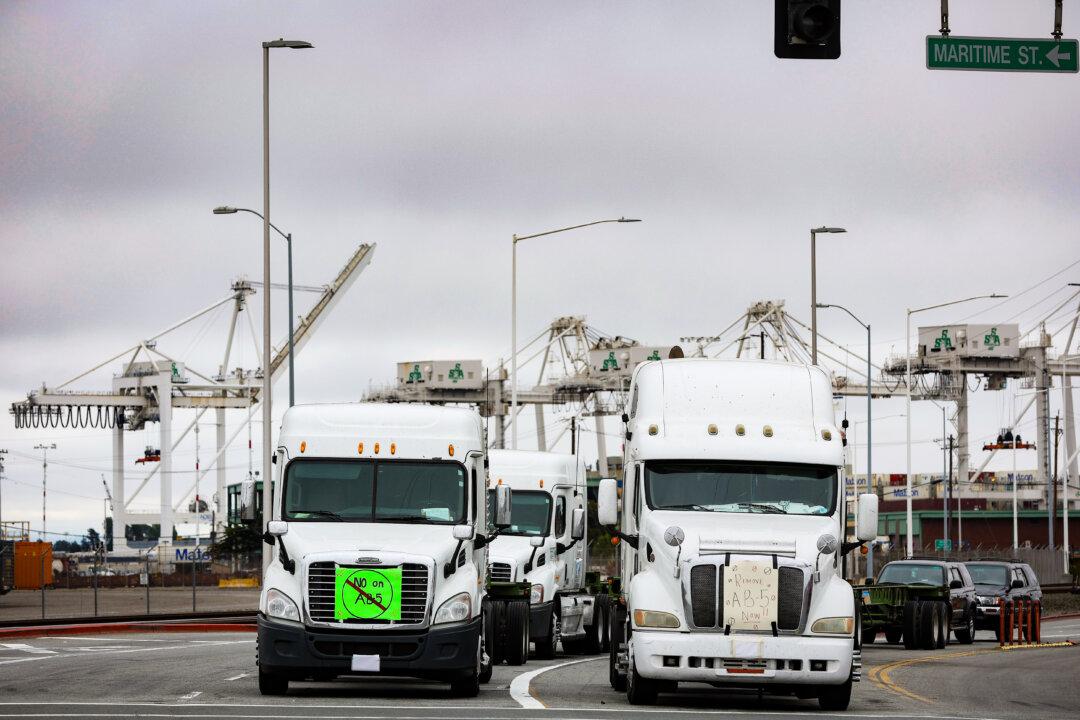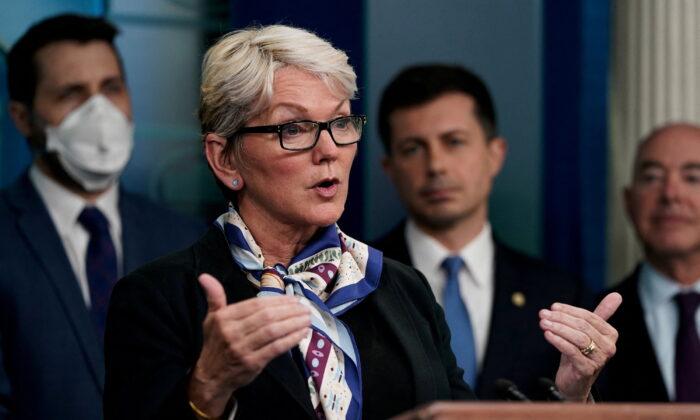After Saudi Arabia announced a rise in crude prices for July, crude oil futures in the United States hit their highest level in nearly three months.
West Texas Intermediate crude futures hit a three-month high of $120.99 per barrel on Monday, and were trading at $119.28 per barrel at 04:58 a.m. EDT. Meanwhile, Brent crude was trading at $120.04 barrel after hitting an intraday high of $121.95.
Saudi Arabia’s Aramco, the biggest oil exporter in the world, raised the July official selling price to Asian buyers for its flagship Arab light crude by $2.10 per barrel from its June price to a premium of $6.50 per barrel.
More than 60 percent of Saudi Arabia’s oil exports go to Asia, with China, India, Japan, and South Korea being its biggest buyers. The Saudi company also raised prices for customers in the Mediterranean and northwestern Europe. However, prices for its U.S. customers remained unchanged.
Aramco’s move to raise prices came following a decision by the Organization of Petroleum Exporting Countries (OPEC) and its allies to raise output in July and August by 648,000 barrels per day, which is 50 percent more than previously planned.
Though the output increase is spread across OPEC nations and allies, not all countries are in a position to raise production. This includes Russia, which is currently under Western sanctions for its invasion of Ukraine.
Citibank and Barclays are expecting Russian oil output and exports to decrease by around 1 to 1.5 million barrels per day (bpd) by the end of this year.
According to Vishnu Varathan, head of economics and strategy at Mizuho Bank, Aramco’s price hike suggests a stronger oil demand outlook, specifically in Asia where COVID-19 lockdowns have been easing.
Oil production in Texas increased to almost 5 million barrels per day, the highest since December. In New Mexico, output rose to around 1.5 million barrels per day, the highest level on record.





